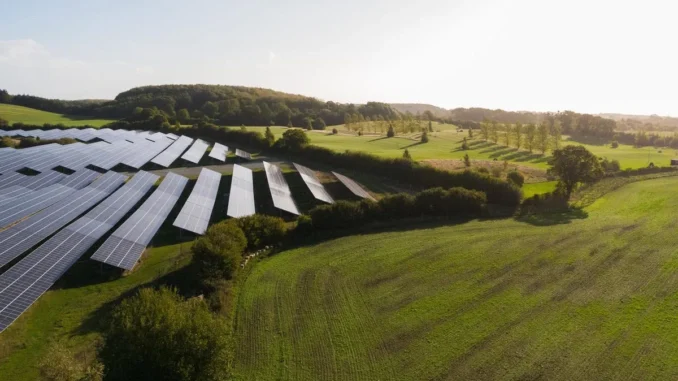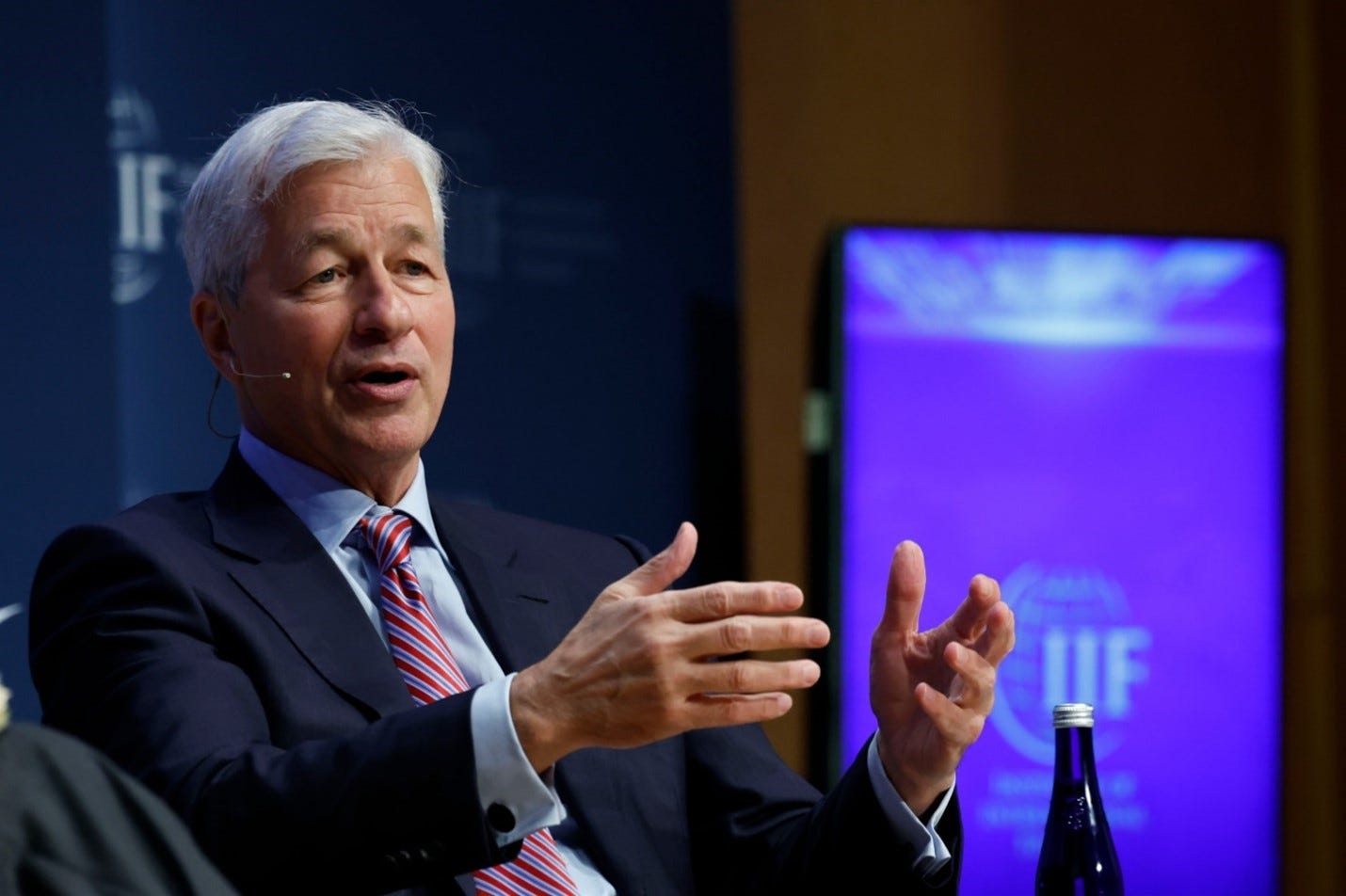
This week has already been full of news, making writing energy articles entertaining or frustrating. FTX is all in the news with its impact on the investment community. The ESG movement has had some positive and negative impacts on the oil and gas markets. I will cover those and look at where we are going regarding energy costs to the consumer.
First was BlackRock losing $1.7 trillion in the first half of 2022. BlackRock was one of the leaders investing in ESG funds and cutting all oil and gas investments. There were several key fallouts from that investment plan this year.
ESG investments in green energy investments have some critical shortcomings. First is the inability of all energy companies to verify through actual data. Accountability is tough without industry standards and data-gathering tools available. Specifics on this topic I will get in a follow-up article. Then when BlackRock lost $1.7 trillion and was kicked out of several states worth billions of investments due to their investing practices, people started looking at their actual investments. The second critical issue with wind and solar is that their technology is not capable of providing low-cost power to consumers without government subsidies. The Fraser Institute addressed many of these points in their blog “Renewable energy can’t replace fossil fuels”.
This morning in, Forbes released an interesting article on ESG and why it is failing.
“Reducing harm to the environment as a business model has captured investors’ attention and is formalized in the Environmental, Social, and Governance (ESG) concept, now a key performance indicator for companies. Yet the corporate maximization of ESG has led to “greenwashing”, deceptive marketing to create the illusion of goodness and to hide malpractice perpetuated by ESG practices and regulations.”…..
…….“Politicians, regulators, and business leaders often claim to be focused on sustainability. Yet, few fully appreciate the difference between being truly sustainable and just “less bad”. The traditional ESG metrics of CO2 emissions, energy consumption, etc. are used as proxies for sustainability progress, but often performance is merely incrementally improved and then celebrated as sustainability. This is not sustainable – it is just “less bad” performance, as the negative impact is still there.”
The Energy Crisis has been on a collision course for correction for over a decade. This correction would have happened without Putin invading Ukraine and the technological reasons above. The crisis has brought to light bad policies and countries trying to force the move to renewables at the expense of their countries’ energy security. The Energy Crisis has also created a world financial crisis. Inflation sits at 9.8% and energy is at the core.
“The world is in the midst of the first truly global energy crisis, with impacts that will be felt for years to come”.
-Fatih Birol, executive director of the IEA
Faith Birol as the executive director of the IEA, has been right in front of the ESG investment movement. He has even predicted that we have already reached peak oil demand and should not invest in fossil fuels. This past week he changed his tune and said we need to invest in natural gas for the next decade.
The Bottom Line
What has changed? In a word, “Pain.” Pain at the pump, energy prices to consumers, and pain in investors’ portfolios.
Investor’s pain tolerance has been established, and we are seeing a “great awakening” to the necessity of nuclear and natural gas for the next few decades. Believe it or not, the FTX crypto failure has even helped. BlackRock had a crypto roadmap, and investors seriously questioned all types of investments. The hunt for alternative investments is on, and people are looking to protect their portfolios.
Inflation and recessions can last years, and their impact can sometimes be felt even for decades. In the 1980s, Italy had 22% and reduced it to 4% in only six years. The United States is in a unique position to help the world by using its vast natural gas to export clean energy to help course correct the last 20 years of forcing a migration to renewable energy when the technology is not ready. Energy is one of the critical drivers of inflation.
Energy policies will be the main reason the United States fails to help countries with their energy crisis and, subsequently, their economies. We see consumers in the UK with power bills of $1,400, equivalent to $2,800 per barrel of oil.
ESG has been good and bad for the oil and gas industry. The environmental portion has started bringing technology to accountability and reporting. The downside has been the forceful elimination of drilling funds, and it is now estimated that the world will need more than 4 Trillion dollars to meet normal decline curves.
Yesterday, an article was released from Fortune titled “Jamie Dimon worries about the ‘extraordinary’ dangers posed by the Ukraine war. ‘I would be preparing for it to get much worse.”
“The danger of this war is extraordinary,” Dimon told CBS’s Face the Nation in an interview aired Sunday. “This oil and gas thing, it looks like the Europeans will get through it this winter. But this oil and gas problem is going to go on for years.”

Jamie Dimon warns Europe’s energy crisis could go on “for years.”
Yahoo released an article on the 8th of December. Even Big Oil is gearing up for major increases in drilling programs. This is in stark contrast to several years ago when they were going “Greener,” as I like to say.
Investors and consumers have felt the pain and are letting politicians know. Sit back and watch the “Energy and Investing Great Awakening” take root, and you will see more oil and gas produced globally. While you are sitting back, take a look at your portfolio and evaluate where you can protect your assets.
As always, check with your CPA if alternative investments are good for your portfolio.
Please reach out to our team anytime for answers to your questions. Jay R. Young, CEO, King Operating
Forbes Books Author of “The Upside of Investing in Oil and Gas



